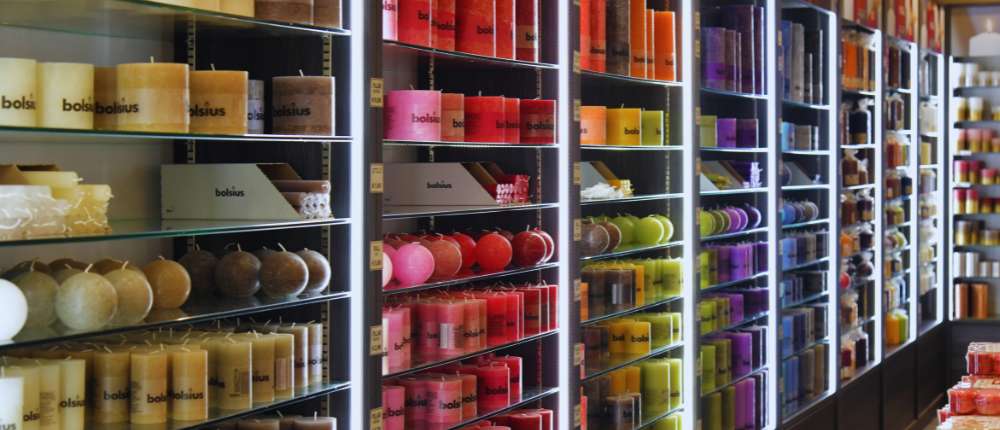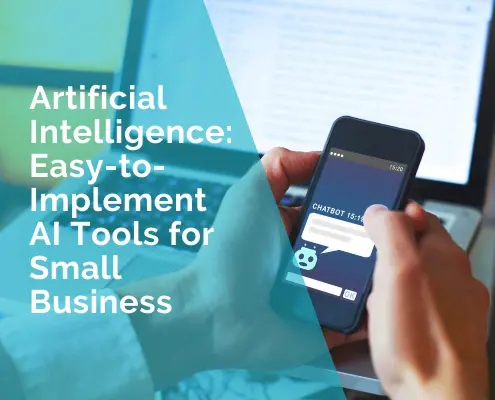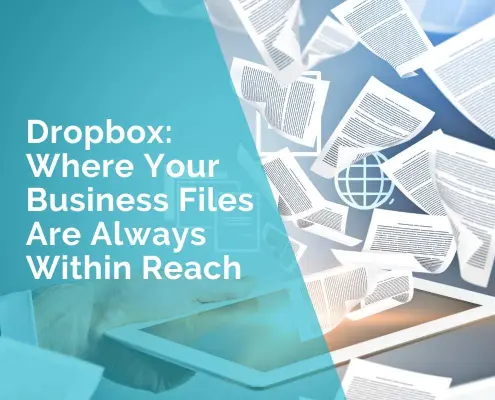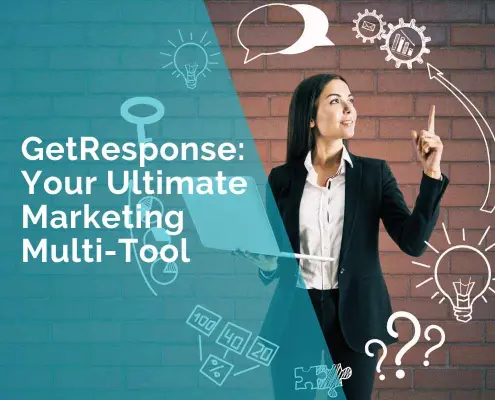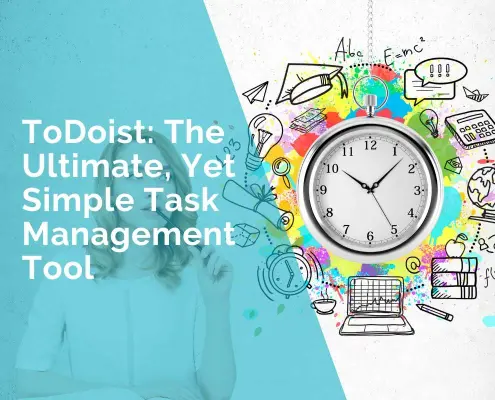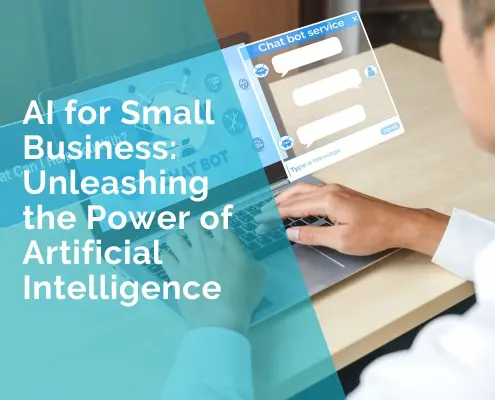6 Tips for Managing a Brick-and-Mortar Store & an E-commerce Site
Many businesses in Australia operate on a ‘click and mortar’ model, whereupon they run both a physical and online store.
While it makes sense to try to sell their products or services in these different ways, it can present these organisations with logistical issues, not least because running a brick-and-mortar store can require a completely different approach to that of an e-commerce store.
So, how can you ensure you manage both effectively?
Here are six ways to enhance your processes, strengthen your brand, and increase sales.
1. Offer multiple payment options
The ultimate concern of a commercial venture should be generating sales and profit, and one of the best ways to do this is to offer as many payment options as possible.
Customers have their preferred ways of paying for goods and services. The more ways you give them to do this, the more likely they are to complete a purchase.
For your physical store, make sure you embrace technologies like a credit card machine that can accept any card, including gift cards, that your shoppers try to pay with.
At the same time, configure your website also to facilitate payments from mobile wallets such as Apple Pay, Samsung Pay or Google Pay, as well as systems like PayPal.
The last thing you want is cart abandonment (either in-store or online) because you don’t accept a payment method your customer wants to use.
2. Offer an excellent customer shopping experience
Regardless of whether a business operates purely as a physical store or an online entity or runs a mix of both, it is important that it offers its customers an excellent shopping experience.
A positive shopping experience can bring massive benefits, including increased sales and customer retention, more brand awareness and advocacy, and even a USP with which to promote themselves.
Conversely, a poor shopping experience can lead to bad reviews, word-of-mouth, and customers disassociating themselves from your brand.
Therefore, it is important to ensure you maximise your customer’s experience at each of the seven stages of the customer lifecycle, both online and in-store.
3. Focus on selective inventory
While there is always the temptation to sell as many products as possible, it might be worth taking a less is more approach.
The 80/20 rule states that 80% of your sales come from 20% of your products. So, take the time to establish which products are or aren’t selling for you (because any stock you have on hand that hasn’t yet sold is effectively ‘dead’ stock).
Crucially, when doing this, you need to treat your physical store and website as separate entities. It might surprise you to discover that certain products are selling like hotcakes on your website, but not in-store, or vice versa.
Therefore, you might offer a completely different range of products in your e-commerce store than you will in your physical shop.
If you do, use this opportunity to strategically increase your conversion rates by narrowing your target audience and prioritising your marketing initiatives.
4. Invest in SEO
While your website is a vehicle for driving online sales, it is also an opportunity to promote your physical store.
Subsequently, businesses need to implement an SEO plan that will enable them to do both, benefiting their bottom line as a whole. Additionally, leveraging a cloud planogram program can streamline inventory management across both online and physical locations. This program helps create a cohesive strategy, ensuring product placement is optimized for maximum sales. By using this tool, businesses can synchronize their online and in-store efforts, driving more traffic and increasing customer engagement.
According to several sources, roughly 50% of consumers look at search engines for guidance when they need to buy a product.
Therefore, to increase your chances of being seen by them, you’ll need to invest in e-commerce optimisation to help your product and informational pages rank highly on Google, Bing and Yahoo.
The better you can do this, the more customers it will drive through your online and physical stores.
5. Leverage your customers
Whether customers come through your e-commerce or brick-and-mortar store, it is important to leverage the customers who buy from your company.
A good way to do this is to encourage them to make further purchases and referrals. Typically, this could be through discounts, special offers or incentives such as ‘buy two get one free’.
If you implement such a customer retention tactic, don’t be afraid to mix it up so that some offers can only be redeemed online or in-store and not both.
6. Build a social media following
Social media has become an important marketing tool in business because it can help generate brand and product awareness, establish trust, and build loyalty.
The key to social media success is producing authentic and engaging content that resonates with your target audience. Injecting humour is always a winner, and using trending hashtags can also help lift your profile.
Another good tactic is to film behind the scenes of your physical store operation and showcase some of the company’s employees.
Being a faceless brand is counterproductive in today’s social media-driven world. So, the more you can show a human side to your brand, the more potential customers will be drawn to it and start to identify with it.
***
Author: Rebecca Lee

